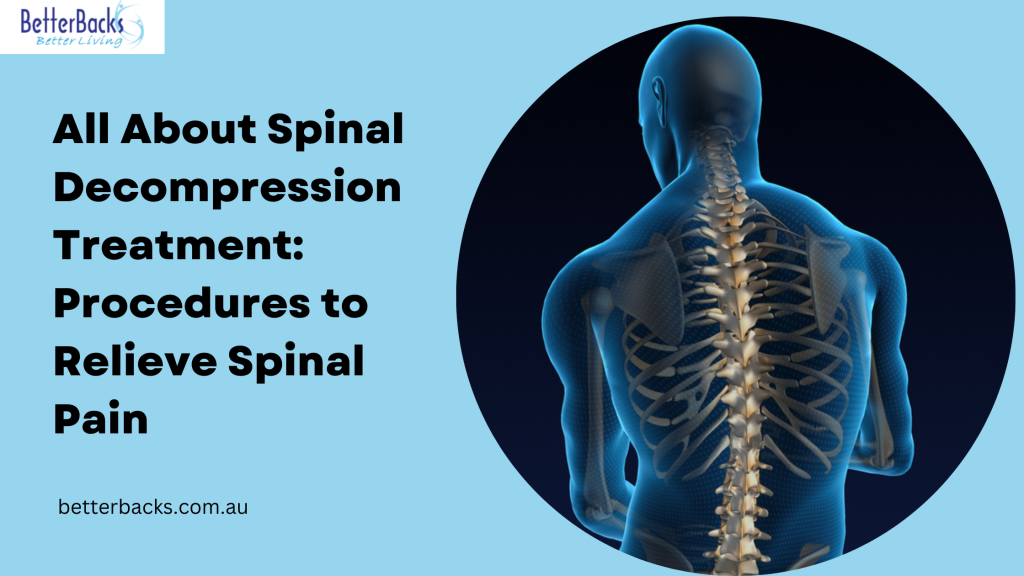With the ability to regenerate and repair injured tissues and organs, stem cell therapy has become a prominent area of research in medicine. It is becoming more and more crucial to comprehend the main lessons from stem cell therapy as developments in regenerative medicine progress. In order to provide insight into the revolutionary effects of stem cell therapies on medical research and therapy, this article examines six important conclusions.
Mechanisms of Action
The way stem cells function in the body is by grafting healthy cells in place of sick or damaged ones. They can change into any type of specialized cell that the body needs, including bone, neuron, and heart cells. Differentiation is the term for this process. Growth factors and other chemicals that support tissue and organ regeneration are also done by stem cells. Stem cells can be injected into the body and move to disease or damaged areas, where they integrate and aid in tissue healing. Stem cells’ potential to heal a variety of illnesses and injuries requires an understanding of how they work and interact with the body’s natural processes.
Applications in Medicine
Numerous illnesses and ailments have shown promise in response to stem cell therapy. Stem cells, for instance, can be employed to restore nerve cells in spinal cord injuries or repair damaged cardiac components following a heart attack. In addition, they can be utilized to repair damaged cells in diseases like Parkinson’s and Alzheimer’s, as well as to manufacture insulin-producing cells for diabetics. Additionally, stem cell therapies are being investigated for orthopedic ailments, including cartilage loss, as well as autoimmune diseases like multiple sclerosis.
Advances in Regenerative Medicine
Regenerative medicine advances, especially in stem cell therapy, have enormous potential to transform healthcare completely. With extraordinary capacity to regenerate and repair damaged tissues and organs, stem cells provide promise for the treatment of a variety of illnesses. Tissue engineering and gene editing methods are only two of the cutting-edge methods that scientists are still investigating in order to use stem cells’ capacity for regeneration fully. These developments open the door to individualized care based on the requirements of each patient, which has the power to change the medical field completely. Even though regenerative medicine has many promising applications, issues such as stem cell therapy cost need to be resolved to guarantee that all patients have equal access to these ground-breaking therapies.
Health Benefits and Reduced Medication Dependency
Stem cell therapies aim to fix damaged body parts, including tissues and organs. They work differently from usual treatments, which only handle symptoms and make recovery times longer. By using the healing power of stem cells, patients might get better faster with improved results. Also, stem cell therapies may reduce the need for tough procedures or long-term use of medicine in favor of a smoother and more natural way to heal. Above all, such therapies can help tackle the root causes of illnesses and injuries instead of merely addressing their symptoms.
Ethical Responsibility
Stem cell therapy has developed into an ethically sound practice thanks to a number of significant advancements. In order to encourage responsible innovation, professional associations such as the International Society for Stem Cell Research have created guidelines that provide modern scientific, ethical, and policy standards for stem cell research and clinical trials. Moving away from outright prohibitions and toward strong governance, there is a shift in governance models that prioritize ethical issues in stem cell research and treatment. In stem cell research and therapy, emphasis is placed on limiting risks of harm, assuring informed consent, disclosing information, and protecting patients and research subjects. In order to attain social justice, calls for increased societal involvement in regulatory supervision, equitable benefit sharing, and widespread social access to stem cell-based therapies are being made regularly.
Expanding Area with Great Potential
The field of stem cell therapy is always changing due to new advancements being driven by continuous research and inventions. Researchers are investigating new approaches, such as genetic engineering, to increase cell survival and decrease immunological rejection in order to improve the safety and effectiveness of stem cell therapies. Furthermore, scientists are looking at how stem cell-derived treatments might be used to treat a wider spectrum of illnesses, such as genetic problems and degenerative diseases. Regenerative medicine is moving forward thanks to the combined efforts of scientists, physicians, and industry partners. This is opening the door for revolutionary discoveries and ground-breaking therapies.
Conclusion
To sum up, stem cell treatments reflect an incredible advancement in regenerative medicine. Patients with a variety of illnesses and injuries can find hope in stem cell treatments because of their capacity to rejuvenate and mend tissues. However, ensuring fair access to these ground-breaking medicines will depend on tackling issues like therapy cost and ethical considerations as research and technology progress.
James Martin is a passionate writer and the founder of OnTimeMagazines & EastLifePro. He loves to write principally about technology trends. He loves to share his opinion on what’s happening in tech around the world.



